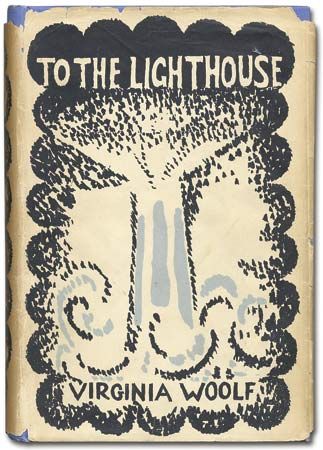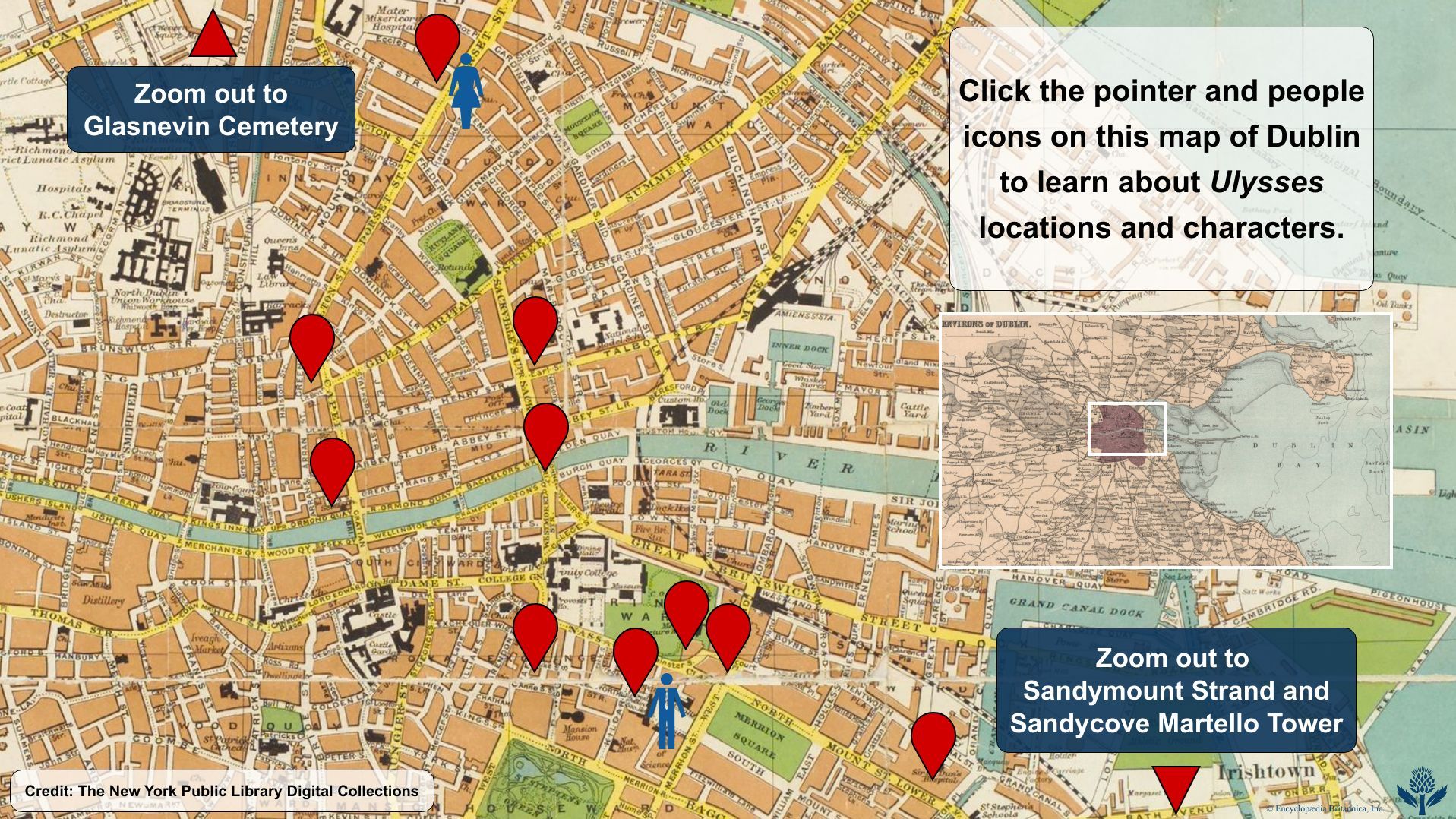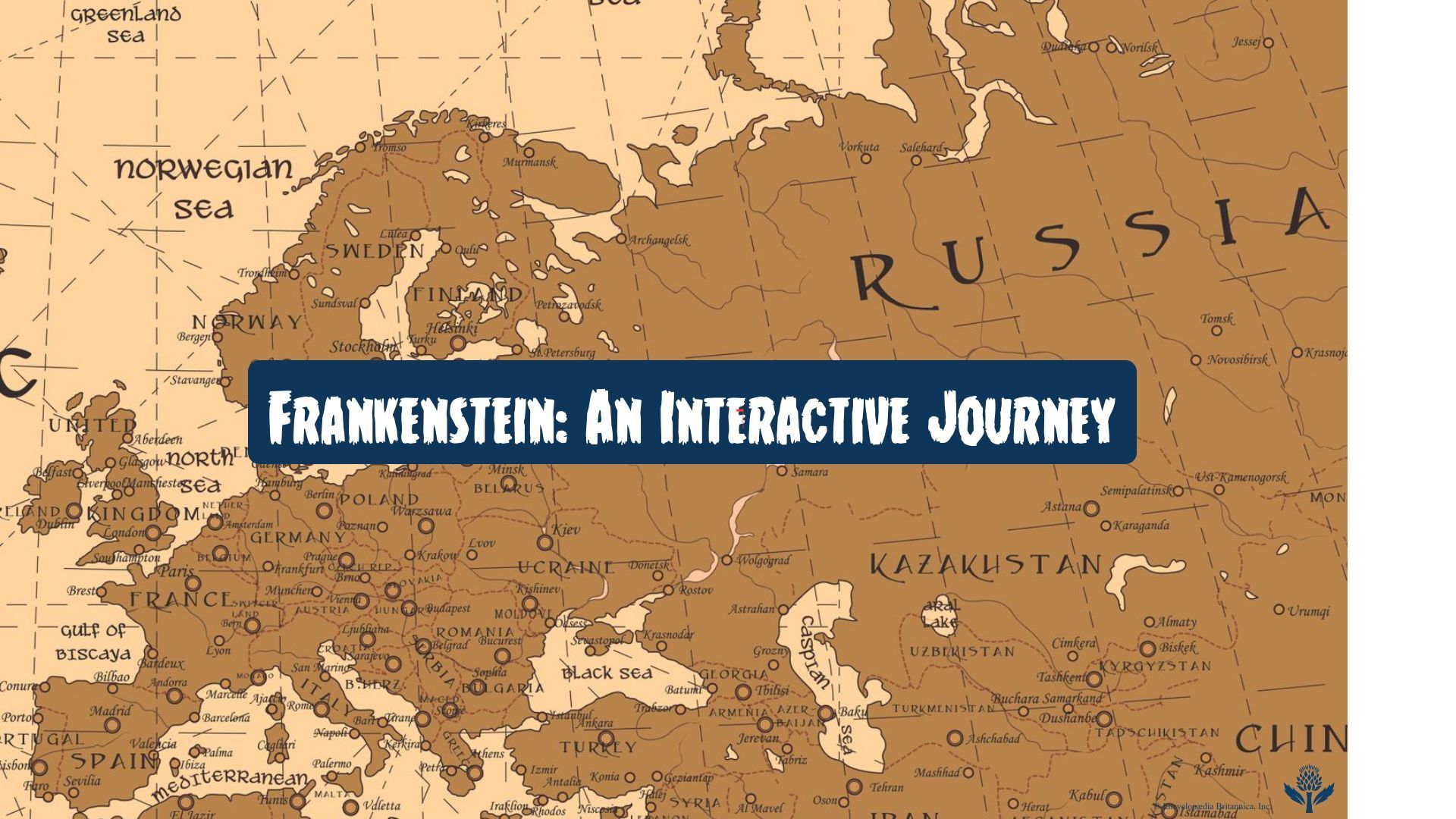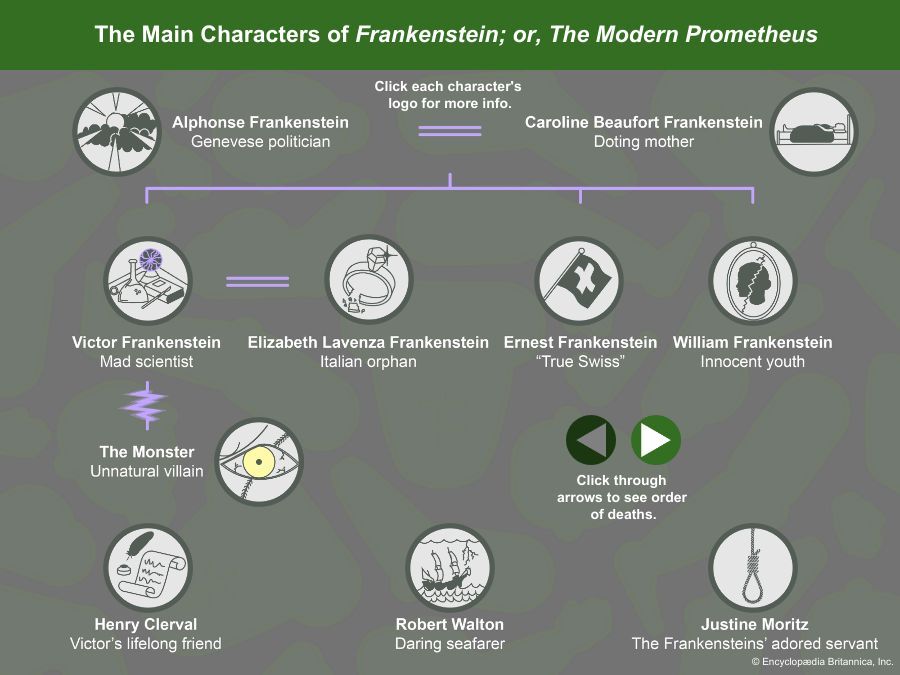News •
The inferior novelist tends to be preoccupied with plot; to the superior novelist the convolutions of the human personality, under the stress of artfully selected experience, are the chief fascination. Without character it was once accepted that there could be no fiction. In the period since World War II, the creators of what has come to be called the French nouveau roman (i.e., new novel) have deliberately demoted the human element, claiming the right of objects and processes to the writer’s and reader’s prior attention. Thus, in books termed chosiste (literally “thing-ist”), they make the furniture of a room more important than its human incumbents. This may be seen as a transitory protest against the long predominance of character in the novel, but, even on the popular level, there have been indications that readers can be held by things as much as by characters. Henry James could be vague in The Ambassadors (1903) about the provenance of his chief character’s wealth; if he wrote today he would have to give his readers a tour around the factory or estate. The popularity of much undistinguished but popular fiction has nothing to do with its wooden characters; it is machines, procedures, organizations that draw the reader. The success of Ian Fleming’s British spy stories in the 1960s had much to do with their hero, James Bond’s car, gun, and preferred way of mixing a martini.
But the true novelists remain creators of characters—prehuman, such as those in William Golding’s Inheritors (1955); animal, as in Henry Williamson’s Tarka the Otter (1927) or Jack London’s Call of the Wild (1903); caricatures, as in much of Dickens; or complex and unpredictable entities, as in Tolstoy, Dostoyevsky, or Henry James. The reader may be prepared to tolerate the most wanton-seeming stylistic tricks and formal difficulties because of the intense interest of the central characters in novels as diverse as James Joyce’s Ulysses (1922) and Finnegans Wake (1939) and Laurence Sterne’s Tristram Shandy (1760–67).
It is the task of literary critics to create a value hierarchy of fictional character, placing the complexity of the Shakespearean view of man—as found in the novels of Tolstoy and Joseph Conrad—above creations that may be no more than simple personifications of some single characteristic, like some of those by Dickens. It frequently happens, however, that the common reader prefers surface simplicity—easily memorable cartoon figures like Dickens’ never-despairing Mr. Micawber and devious Uriah Heep—to that wider view of personality, in which character seems to engulf the reader, subscribed to by the great novelists of France and Russia. The whole nature of human identity remains in doubt, and writers who voice that doubt—like the French exponents of the nouveau roman Alain Robbe-Grillet and Nathalie Sarraute, as well as many others—are in effect rejecting a purely romantic view of character. This view imposed the author’s image of himself—the only human image he properly possessed—on the rest of the human world. For the unsophisticated reader of fiction, any created personage with a firm position in time–space and the most superficial parcel of behavioral (or even sartorial) attributes will be taken for a character. Though the critics may regard it as heretical, this tendency to accept a character is in conformity with the usages of real life. The average person has at least a suspicion of his own complexity and inconsistency of makeup, but he sees the rest of the world as composed of much simpler entities. The result is that novels whose characters are created out of the author’s own introspection are frequently rejected as not “true to life.” But both the higher and the lower orders of novel readers might agree in condemning a lack of memorability in the personages of a work of fiction, a failure on the part of the author to seem to add to the reader’s stock of remembered friends and acquaintances. Characters that seem, on recollection, to have a life outside the bounds of the books that contain them are usually the ones that earn their creators the most regard. Depth of psychological penetration, the ability to make a character real as oneself, seems to be no primary criterion of fictional talent.
Scene, or setting
The makeup and behavior of fictional characters depend on their environment quite as much as on the personal dynamic with which their author endows them: indeed, in Émile Zola, environment is of overriding importance, since he believed it determined character. The entire action of a novel is frequently determined by the locale in which it is set. Thus, Gustave Flaubert’s Madame Bovary (1857) could hardly have been placed in Paris, because the tragic life and death of the heroine have a great deal to do with the circumscriptions of her provincial milieu. But it sometimes happens that the main locale of a novel assumes an importance in the reader’s imagination comparable to that of the characters and yet somehow separable from them. Wessex is a giant brooding presence in Thomas Hardy’s novels, whose human characters would probably not behave much differently if they were set in some other rural locality of England. The popularity of Sir Walter Scott’s “Waverley” novels is due in part to their evocation of a romantic Scotland. Setting may be the prime consideration of some readers, who can be drawn to Conrad because he depicts life at sea or in the East Indies; they may be less interested in the complexity of human relationships that he presents.
The regional novel is a recognized species. The sequence of four novels that Hugh Walpole began with Rogue Herries (1930) was the result of his desire to do homage to the part of Cumberland, in England, where he had elected to live. The great Yoknapatawpha cycle of William Faulkner, a classic of 20th-century American literature set in an imaginary county in Mississippi, belongs to the category as much as the once-popular confections about Sussex that were written about the same time by the English novelist Sheila Kaye-Smith. Many novelists, however, gain a creative impetus from avoiding the same setting in book after book and deliberately seeking new locales. The English novelist Graham Greene apparently needed to visit a fresh scene in order to write a fresh novel. His ability to encapsulate the essence of an exotic setting in a single book is exemplified in The Heart of the Matter (1948); his contemporary Evelyn Waugh stated that the West Africa of that book replaced the true remembered West Africa of his own experience. Such power is not uncommon: the Yorkshire moors have been romanticized because Emily Brontë wrote of them in Wuthering Heights (1847), and literary tourists have visited Stoke-on-Trent, in northern England, because it comprises the “Five Towns” of Arnold Bennett’s novels of the early 20th century. Others go to the Monterey, California, of John Steinbeck’s novels in the expectation of experiencing a frisson added to the locality by an act of creative imagination. James Joyce, who remained inexhaustibly stimulated by Dublin, has exalted that city in a manner that even the guidebooks recognize.
The setting of a novel is not always drawn from a real-life locale. The literary artist sometimes prides himself on his ability to create the totality of his fiction—the setting as well as the characters and their actions. In the Russian expatriate Vladimir Nabokov’s Ada (1969) there is an entirely new space–time continuum, and the English scholar J.R.R. Tolkien in his Lord of the Rings (1954–55) created an “alternative world” that appeals greatly to many who are dissatisfied with the existing one. The world of interplanetary travel was imaginatively created long before the first moon landing. The properties of the future envisaged by H.G. Wells’s novels or by Aldous Huxley in Brave New World (1932) are still recognized in an age that those authors did not live to see. The composition of place can be a magical fictional gift.
Whatever the locale of his work, every true novelist is concerned with making a credible environment for his characters, and this really means a close attention to sense data—the immediacies of food and drink and color—far more than abstractions like “nature” and “city.” The London of Charles Dickens is as much incarnated in the smell of wood in lawyers’ chambers as in the skyline and vistas of streets.























